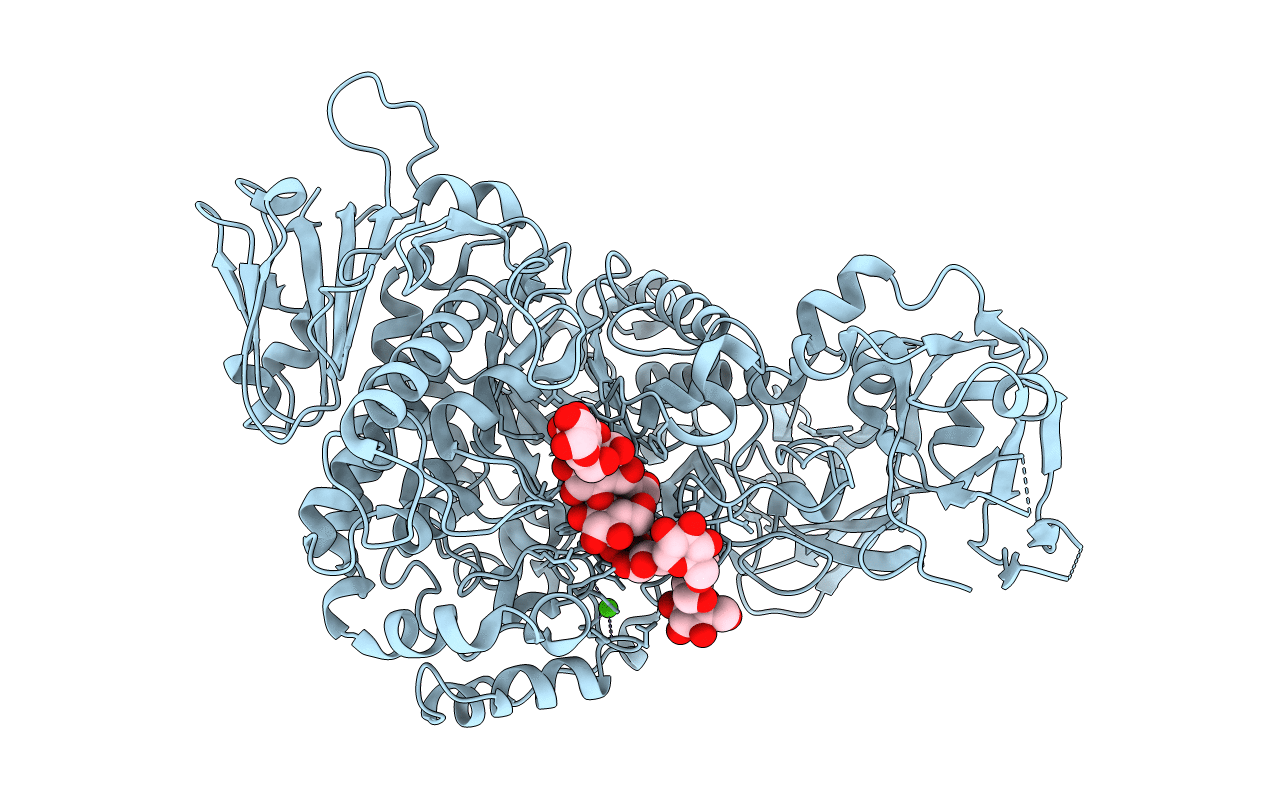
Deposition Date
2013-02-06
Release Date
2014-02-12
Last Version Date
2023-11-08
Entry Detail
PDB ID:
4J3V
Keywords:
Title:
Crystal structure of barley limit dextrinase in complex with a branched thio-linked hexasaccharide
Biological Source:
Source Organism:
Hordeum vulgare (Taxon ID: 4513)
Host Organism:
Method Details:
Experimental Method:
Resolution:
1.45 Å
R-Value Free:
0.16
R-Value Work:
0.13
R-Value Observed:
0.13
Space Group:
C 1 2 1


